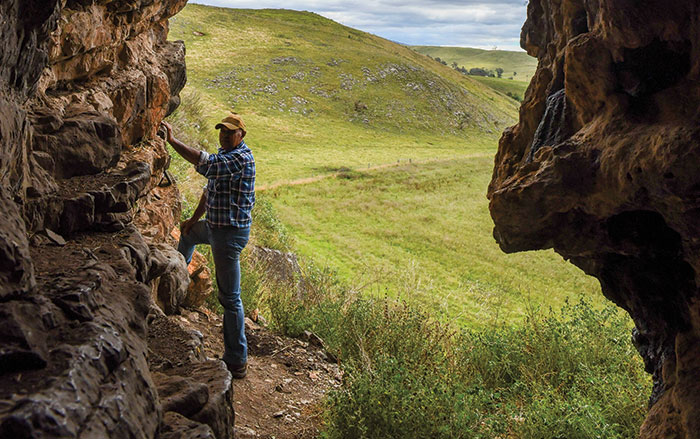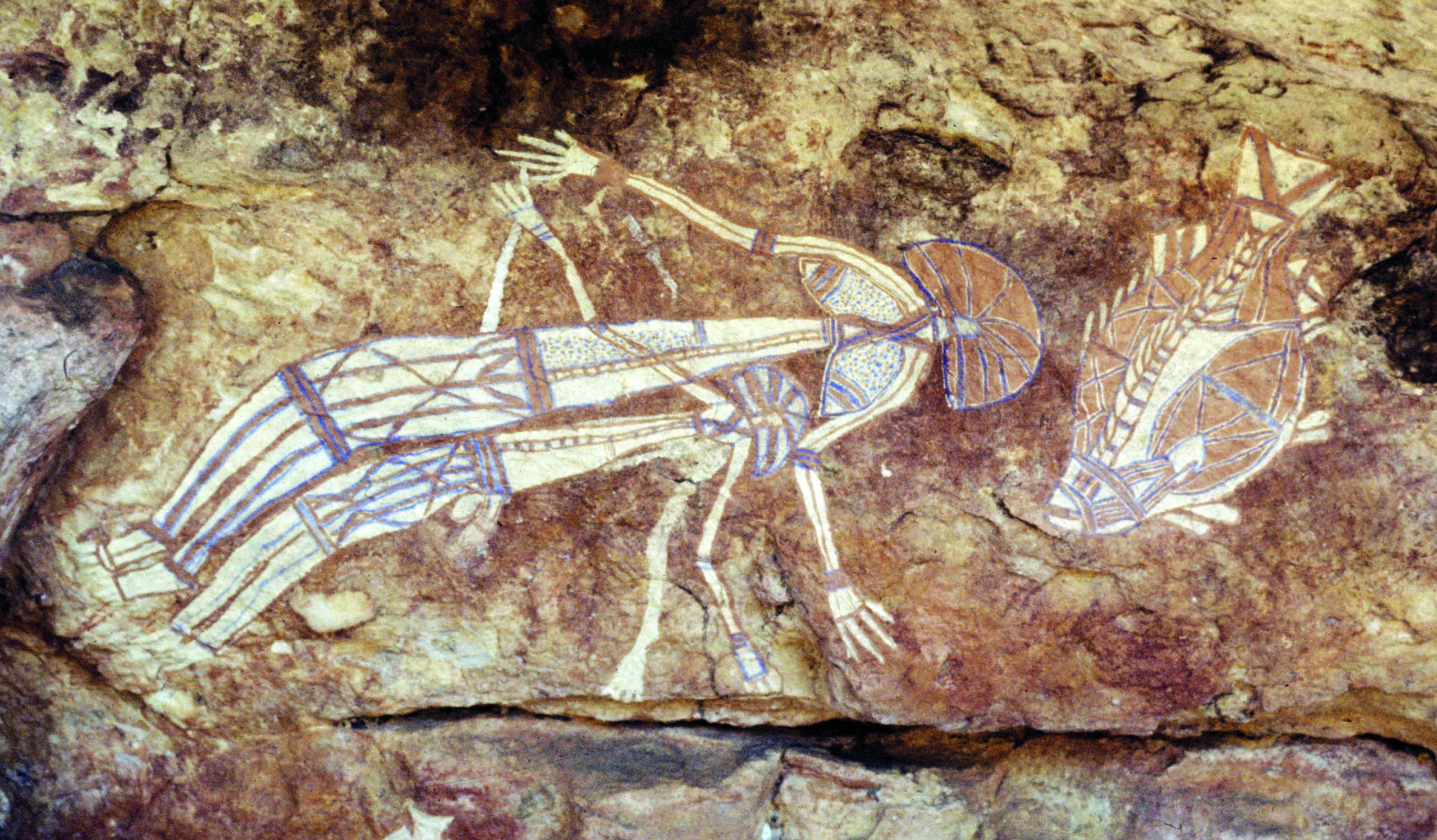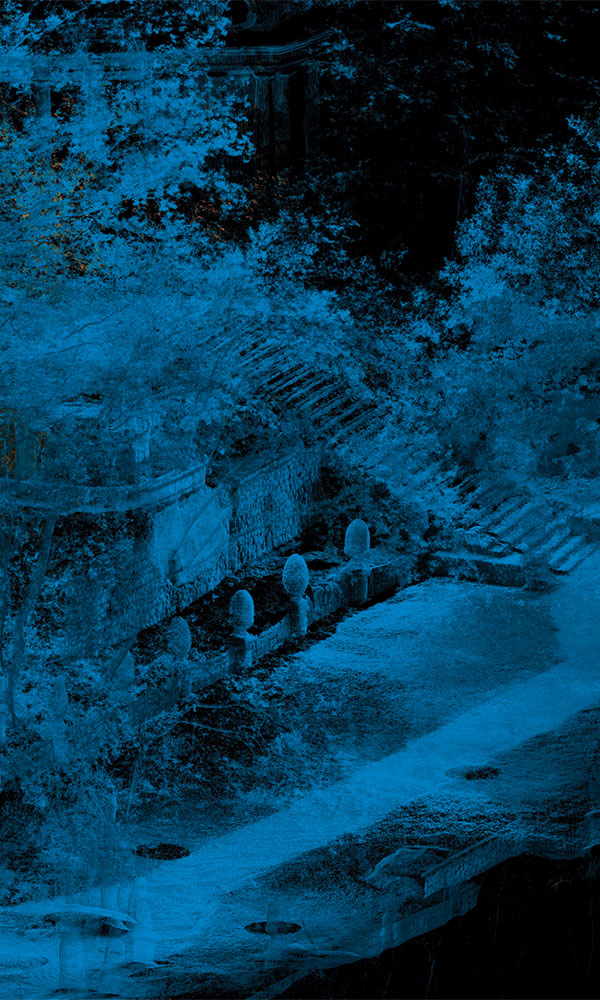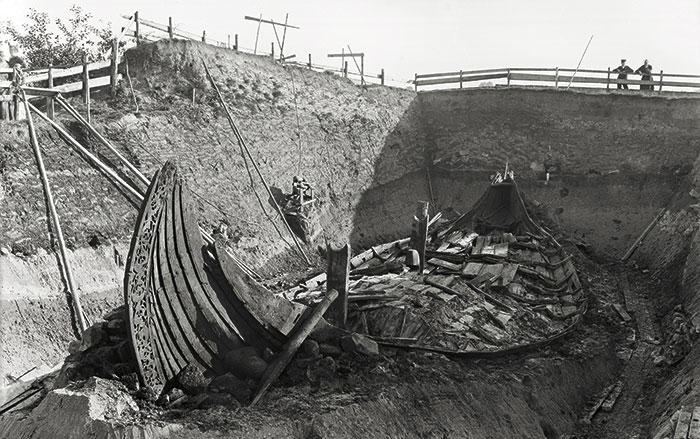Archaeologists have questioned who made five raised rings in the southeastern Australian state of Victoria. Some have proposed that the 65-foot-wide rings, located in what is now the Melbourne suburb of Sunbury, resulted from postcolonial military or agricultural activity. Scholars now believe the rings were constructed by Ancestors of Woi-wurrung-speaking people, who are the Traditional Custodians of a large swath of the south-central region of Victoria. Such raised rings have a deep history, but only around 100 are thought to remain in eastern Australia today.
In 1979, archaeologists excavating one of the Sunbury rings unearthed 166 stone artifacts, but the objects weren’t analyzed in detail. A team of Wurundjeri Woi-wurrung Elders working with researchers led by archaeologist Caroline Spry of La Trobe University has now reopened the excavation trench and reexamined the previously unearthed artifacts. Using optically stimulated luminescence dating, they determined that the ring was constructed and maintained between 1,400 and 590 years ago, confirming that it was created by Aboriginal people. According to the Wurundjeri Woi-wurrung Elders, the Sunbury rings were a meeting place, an area of abundant resources, and a stop along an important travel route. Archaeology, coupled with traditional cultural knowledge, the Elders say, can help improve understanding of the function of the Sunbury rings.













